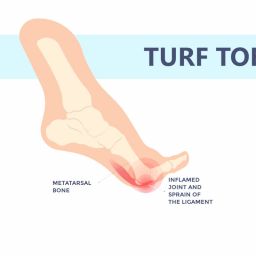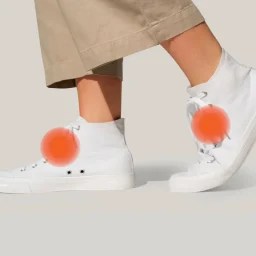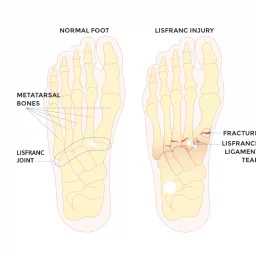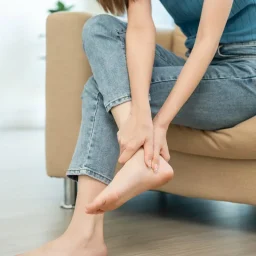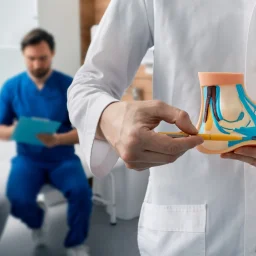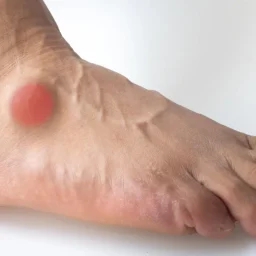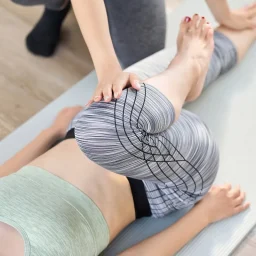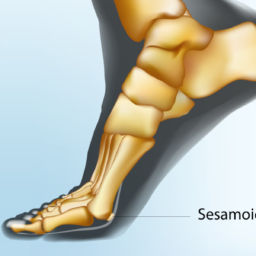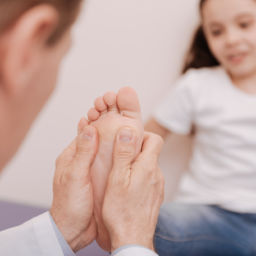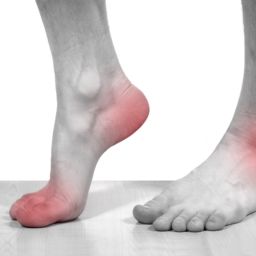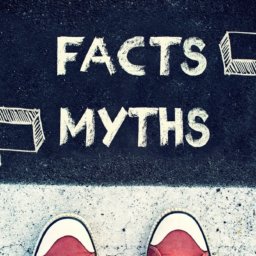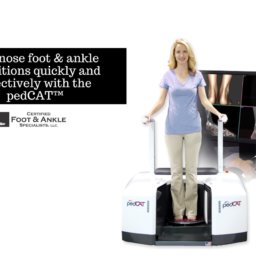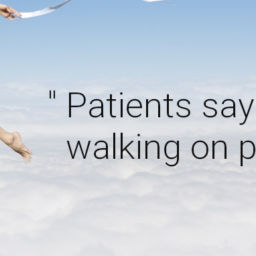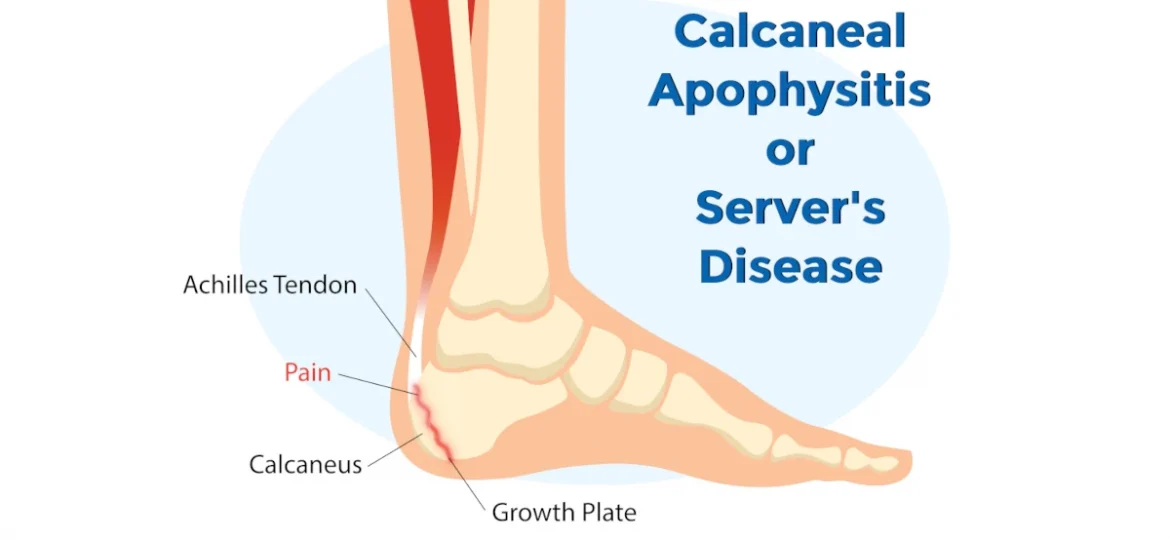
If your active child has been complaining about persistent heel pain, especially during or after sports activities, they may be experiencing calcaneal apophysitis, commonly known as Sever’s disease. This condition is one of the most frequent causes of heel pain in children and adolescents, particularly those involved in physical activities. Understanding this condition, its causes, and its treatments can help parents ensure their children remain healthy and active.
What is Calcaneal Apophysitis?
Calcaneal apophysitis is an inflammation of the growth plate in the heel bone (calcaneus) caused by repetitive stress and strain. The growth plate, a vital area where new bone tissue forms during growth, is particularly susceptible to injury during rapid growth phases. The Achilles tendon, which connects the calf muscles to the heel bone, plays a significant role in the condition. Physical activities such as running and jumping can exert excessive pulling force on the growth plate, leading to pain and inflammation. This makes young athletes especially vulnerable during their growth spurts.
Who is Most at Risk?
Children and adolescents between the ages of 8 and 14 are the most likely to develop calcaneal apophysitis. Several factors can increase the risk, including:
- Frequent sports participation: Activities like basketball, soccer, gymnastics, and running that involve repetitive impact on the heel.
- Rapid growth spurts: The growth plate is more prone to injury during these phases.
- Tight calf muscles or Achilles tendons: These can increase tension on the growth plate.
- Excess body weight: Additional weight can place increased stress on the heel.
- Improper footwear: Shoes lacking adequate support can exacerbate the condition.
Recognizing the Symptoms
Parents should watch for the following symptoms, which may indicate calcaneal apophysitis:
- Discomfort in one or both heels, particularly during or after physical activity
- Tenderness when pressure is applied to the sides of the heel.
- Limping or a tendency to walk on tiptoes to avoid heel pressure.
- Increased pain after running or jumping.
- Symptoms that improve with rest but return with activity.
Diagnosis and Treatment
A physical examination by a podiatrist is often sufficient to diagnose calcaneal apophysitis. However, imaging tests such as X-rays may be recommended to rule out other conditions like fractures or infections.
Treatment Options
Most cases of calcaneal apophysitis can be managed with conservative treatments, including:
- Rest and Activity Modification
Reducing or avoiding activities that exacerbate heel pain. - Physical Therapy
Stretching exercises to improve flexibility in the calf muscles and Achilles tendon.
Strengthening exercises to support overall foot and ankle stability. - Supportive Devices
Heel cups or orthotics to cushion the heel and reduce stress on the growth plate. - Ice Therapy
Using ice packs on the heel to alleviate inflammation and pain. - Medications
Over-the-counter NSAIDs (e.g., ibuprofen) to manage pain and swelling.
Long-Term Management and Recovery
Calcaneal apophysitis typically resolves on its own as the growth plate matures and fuses into solid bone, but this process can take several months. During recovery, it’s essential to:
- Follow the treatment plan consistently.
- Allow ample time for rest and healing.
- Gradually reintroduce physical activities to avoid re-injury.
Prevention Strategies
While it may not always be possible to prevent calcaneal apophysitis, the following strategies can help minimize the risk:
- Choose Proper Footwear: Ensure your child wears supportive shoes with adequate cushioning, particularly during sports.
- Encourage Regular Stretching: Focus on exercises that increase flexibility in the calf muscles and Achilles tendon.
- Promote a Healthy Weight: Maintaining an appropriate weight reduces unnecessary stress on the heel.
- Monitor Activity Levels: Gradually increase the intensity and duration of physical activities.
- Prioritize Rest: Encourage regular breaks between high-impact activities to allow the body to recover.
When to Seek Professional Help
While calcaneal apophysitis is generally not serious, professional evaluation is recommended if:
- The pain persists despite rest and home treatments.
- Daily activities or sports participation are significantly affected.
- Severe swelling, redness, or changes in walking patterns are observed.
Early diagnosis and appropriate management can prevent complications and help your child return to their favorite activities sooner.
Conclusion
Calcaneal apophysitis, or Sever’s disease, is a common and manageable condition affecting active children and adolescents. With proper care, treatment, and preventive strategies, your child can stay on the path to healthy, pain-free growth. If you suspect your child is experiencing heel pain, don’t hesitate to consult a podiatrist podiatrists in West Palm Beach, Boynton Beach on the East, and Tampa or Fort Myers on the West Coast for a thorough evaluation and personalized treatment plan.
